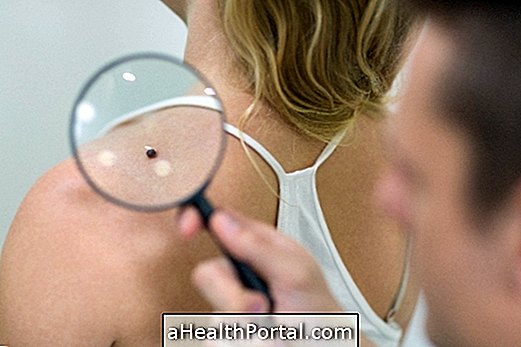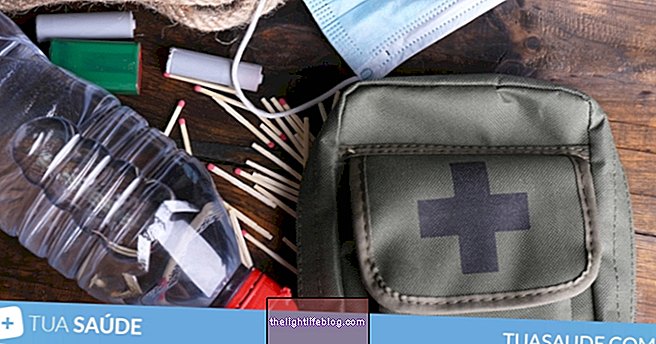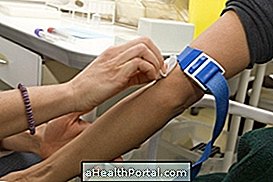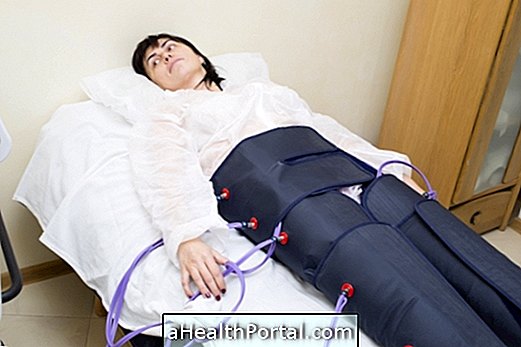The dermatological exam is done with the aim of checking the cause of lesions present on the skin and is done by the dermatologist in your office. However, dermatological examination, non-diagnostic, can be done at home. Simply undress yourself completely and with the help of a mirror watch closely the whole body looking for new signs, spots, scars, scaling or itching. One must not forget to observe any place, like the nape of the neck, behind the ears and between the toes.
If you notice any changes, it is worth going to a dermatologist, to get the opinion of a professional. The dermatologist is the doctor who specializes in skin diseases and can diagnose them with greater ease, indicating the best form of treatment.

How is the dermatological exam done?
Dermatological exams are not time-consuming and are mandatory for users of public swimming pools and private clubs, and are also frequently requested by gyms.
The examination is done in the dermatologist's office and occurs in two stages:
- Anamnesis, in which the doctor will ask questions about the injury, such as: when it started, when the first symptom appeared, how is the symptom (it itches, hurts or burns), if the lesion has spread to another part of the body and if the injury has evolved.
- Physical examination, in which the physician will observe the person and the injury, paying attention to the characteristics of the lesion, such as color, consistency, type of lesion (plaque, nodule, spots, scar), shape (target, linear, rounded) (grouped, spread, isolated) and lesion distribution (localized or disseminated).
Through a simple dermatological examination one can discover several diseases such as chilblain, footworm, ringworm, herpes, psoriasis and others more serious as melanoma. It is through careful observation that the doctor may be wary of a sign, spots on the skin or a wart.
Auxiliary diagnostic tests
Some diagnostic tests can be used to complement the dermatological exam, when the physical examination is not enough to determine the cause of the injury, they are:
- Biopsy, in which part of the injured region or sign is removed so that the characteristics are evaluated and the diagnosis can be closed. Biopsy is often used to diagnose skin cancer, for example. See what the first signs of skin cancer are.
- Scraped, in which the doctor shaves the lesion to be taken to the laboratory for analysis. This test is usually done for the diagnosis of fungal infections. See which are the 8 diseases caused by fungi.
- Wood light, which is widely used to assess the spots present on the skin and to make the differential diagnosis with other diseases through the fluorescence pattern, such as erythrasma, in which the lesion fluoresces bright red-orange, and vitiligo, which bright blue. See what can cause vitiligo and how to treat it.
- Tannck's cytodiagnosis, which is done to diagnose lesions caused by viruses, such as herpes, which usually manifests through blisters. Therefore, the material used to perform this diagnostic test are the blisters.
These tests help the dermatologist to define the cause of the injury and to establish the appropriate treatment for the patient.

























